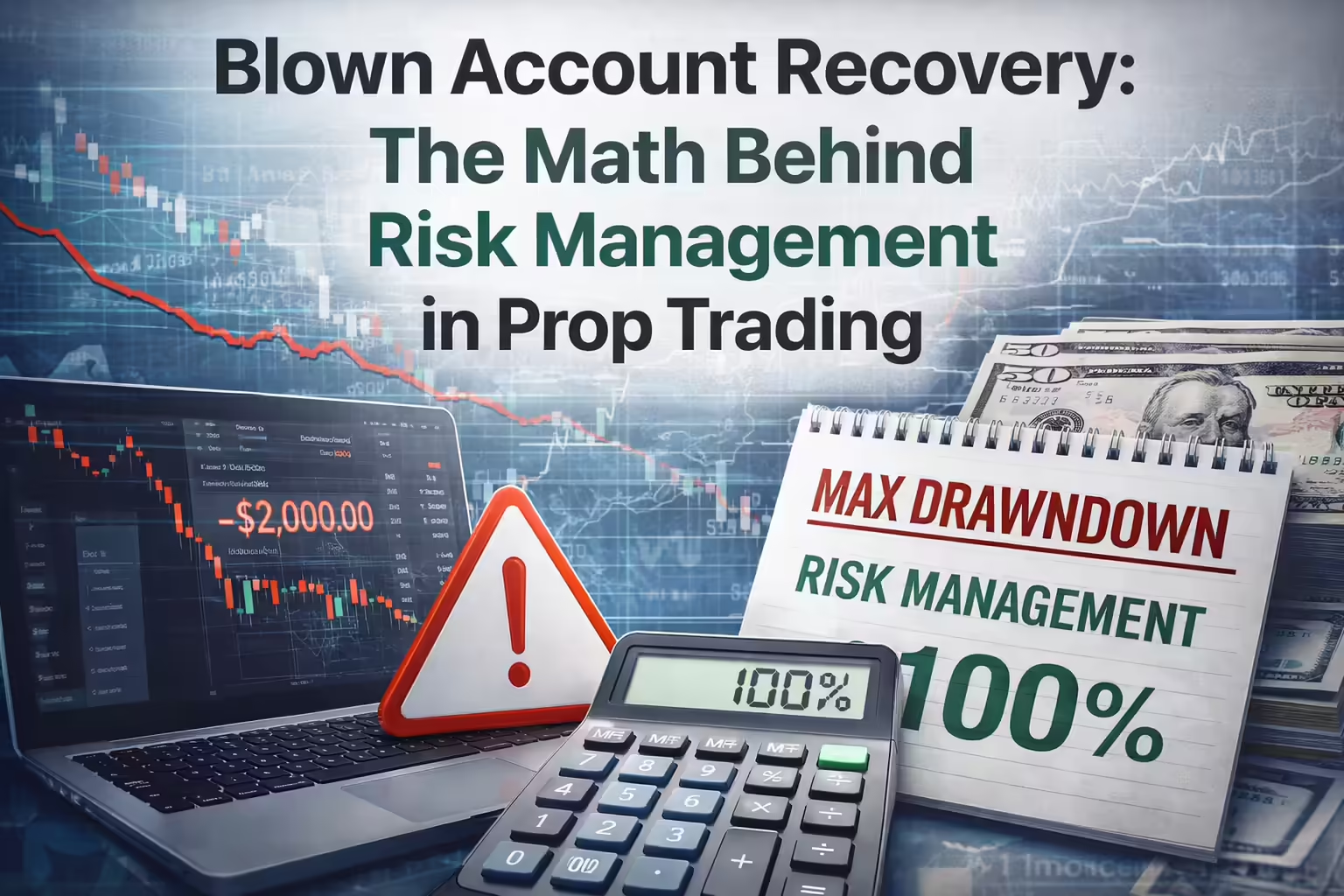Brett is a seasoned day trader with over eight years of experience in the financial markets.He is the Founder and CEO of Tradeify Funding, a platform offering instant funded trading accounts to traders seeking capital.
Bullish candlestick patterns are powerful technical analysis tools traders use to identify potential reversals from bearish trends to bullish momentum. By recognizing these patterns early, traders can position themselves advantageously, entering trades with higher confidence and better timing. This guide explains key bullish candlestick patterns, how to effectively incorporate them into your trading strategy, and additional methods to enhance your trading decisions.
Understanding Bullish Candlestick Patterns
Bullish candlestick patterns indicate potential reversals in bearish trends, highlighting shifts in market sentiment towards increased buying activity. These patterns, widely used in technical analysis, help traders visualize the emotional and psychological state of the market, making them particularly useful for traders at any skill level.
Essential Features of Bullish Patterns:
- Usually appear after a noticeable downtrend.
- Highlight changes from bearish to bullish sentiment.
- Are most effective when combined with other technical indicators and volume analysis.
Exploring Key Bullish Candlestick Patterns
Understanding specific bullish patterns equips traders with clear signals for potential reversals. Here are some of the most prominent bullish patterns in detail:
1. Hammer
The Hammer consists of a short candle body positioned at the top, accompanied by a significantly long lower wick. This suggests that despite initial selling pressure, buyers managed to drive prices higher, indicating a potential bullish reversal.
2. Bullish Engulfing
The Bullish Engulfing pattern forms when a larger bullish candle completely envelops the preceding bearish candle. It demonstrates a significant shift where bulls overpower bears, signaling strong bullish momentum ahead.
3. Morning Star
The Morning Star is a three-candle pattern beginning with a strong bearish candle, followed by a small-bodied candle signifying indecision, and concluding with a large bullish candle. This formation indicates bearish exhaustion and a new bullish phase.
4. Piercing Line
A Piercing Line occurs when a bullish candle opens below the low of the previous bearish candle but closes significantly above its midpoint. It signals a substantial reversal in sentiment from bearish to bullish.
5. Tweezer Bottom
Tweezer Bottoms are identified by two candles that share the same or very similar lows. This pattern illustrates strong support and hints at a bullish reversal as buyers defend the established support level.
How to Trade Bullish Candlestick Patterns
Effectively leveraging these patterns requires clear guidelines for entries, stop-loss placements, and profit-taking strategies.
Entry Strategies:
When trading bullish patterns, wait for the confirmation candle to close, ensuring the pattern is valid. Confirmations such as increased trading volume can further enhance confidence in the reversal signal.
Stop-Loss Placement:
Stop-losses should be strategically positioned slightly below the low point of the identified candlestick pattern. Proper placement helps protect capital against false signals or sudden market volatility.
Profit-Taking:
Identify key resistance areas or previous swing highs as potential profit targets. Consider using trailing stop-losses to progressively secure gains as prices move in your favor.
Enhancing Trading Success with Bullish Candlestick Patterns
Here are additional tactics to maximize your trading potential when using bullish candlestick patterns:
Incorporate Technical Indicators:
Indicators such as the Relative Strength Index (RSI), Moving Average Convergence Divergence (MACD), or Stochastic Oscillator provide secondary confirmation signals. They validate the strength and sustainability of potential reversals, boosting overall confidence in trading decisions.
Evaluate Broader Market Context:
Always consider the larger market conditions when analyzing candlestick patterns. For instance, bullish patterns appearing near significant long-term support levels or during a broader bullish market context tend to have higher reliability.
Maintain Discipline:
Stick strictly to your trading plan, trade only validated signals, and maintain consistent risk management practices. Discipline prevents emotional trading and minimizes impulsive decisions.
Common Trading Pitfalls and How to Avoid Them
Trading bullish candlestick patterns can be rewarding, but traders should be aware of these common mistakes:
- Ignoring the overall trend: Patterns must align with broader market trends for higher accuracy.
- Over-reliance on patterns: Always corroborate candlestick signals with additional indicators and analysis.
- Setting inappropriate stop-losses: Avoid overly tight stops, which can lead to unnecessary losses from minor market fluctuations.
Why Utilize Bullish Candlestick Patterns?
Bullish candlestick patterns offer numerous advantages:
- Provide clear visual signals, simplifying technical analysis.
- Facilitate defined entry and exit points, aiding effective risk management.
- Increase trading confidence by identifying high-probability reversal opportunities.
Recognizing Limitations
Despite their effectiveness, bullish candlestick patterns are not foolproof. Traders should always consider the potential for false signals and ensure adequate confirmation before acting. Market volatility and unexpected news events can disrupt patterns, so prudent risk management remains essential.
Tradeify: Elevate Your Trading Experience
Tradeify equips traders with robust analytics, user-friendly interfaces, and real-time insights, enhancing your ability to spot and capitalize on bullish reversals confidently. Join thousands of traders who trust Tradeify to support their trading success.
Conclusion
Mastering bullish candlestick patterns gives traders a crucial edge in identifying market reversals and making informed decisions. When integrated with disciplined trading strategies and reliable confirmation methods, these patterns significantly enhance trading success. Commit to continual learning and effective risk management to fully leverage the power of bullish candlestick patterns.
.svg)
Get up to $750k instant sim funding
- Start earning payouts instantly
- Super fast automated payouts
- Free journal to improve
.svg)


.svg)




.webp)
